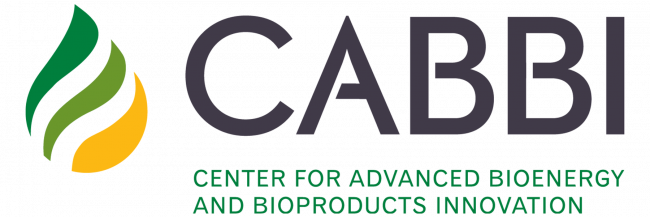The Western Biomass Research Center, based in Maricopa, AZ, works with the Central-East and Northwestern centers on the genetic improvement of oilseed crop yield and enhancing biomass production.
The Northwestern Biomass Research Center, based in Sidney, MT, is mainly focused on work on oilseed crops with the potential to meet the immediate feedstock needs of the U.S. military and aviation industry for jet and marine fuels.
The Central-East Biomass Research Center, based in Lincoln, NE, focuses on the genetic development and sustainable production of switchgrass and perennial grasses, corn stover, and other crop residues for cellulosic biomass feedstocks. This region produces a significant amount of the corn used for ethanol production, and its challenges in dedicated feedstock production is to integrate biomass production into existing agricultural landscapes in ways that enhance soil and water quality.
The Southeastern Biomass Research Center, based in Tifton, GA, focuses on semitropical perennial grasses such as sugar cane, Napier grass, and biomass sorghum, which can be harvested for sugar- and cellulose-based biorefinery feedstocks. The Southeast is expected to supply nearly half of the required feedstock to supply advanced biofuel to meet the RFS2 goals by 2022.




